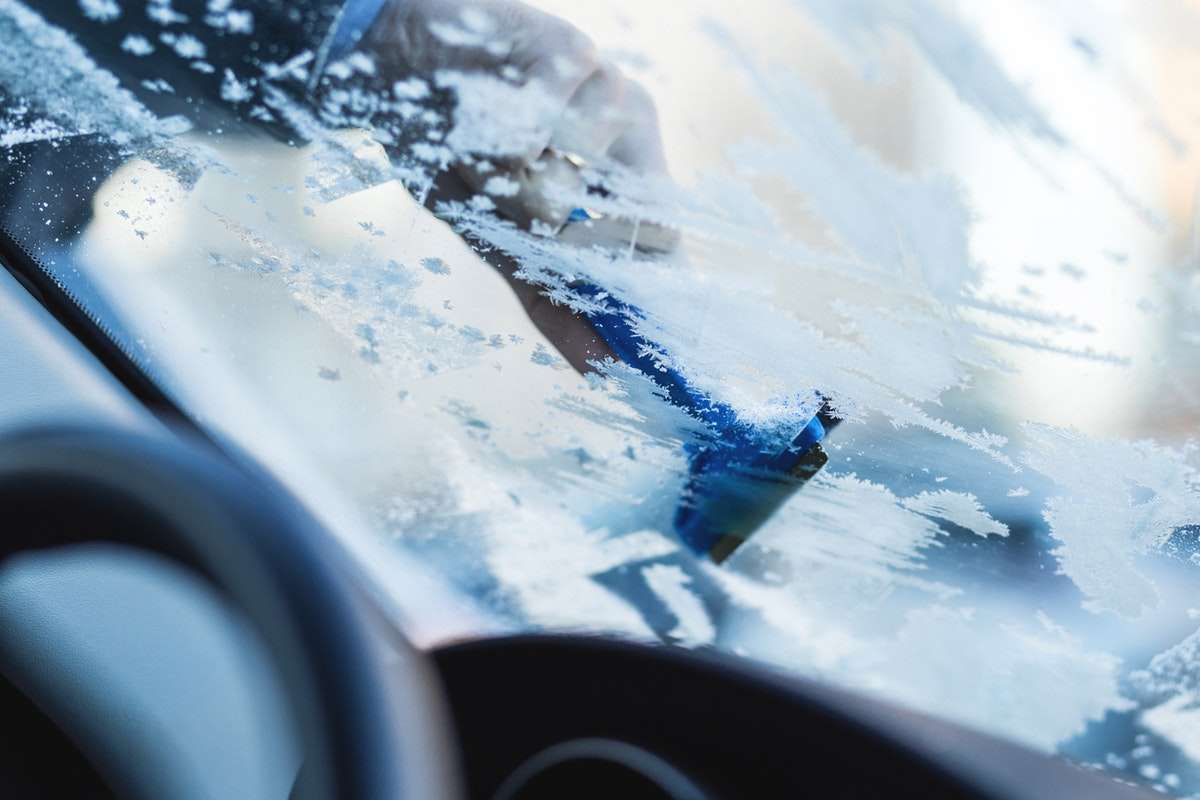How to Get Ice Off a Windshield
In the USA, over 70% of the roads are found in regions that receive an average of five inches of snowfall over the winter. According to the Federal Highway Administration, a quarter of the nation’s ice- and snow-related vehicle crashes happen during snowfall and sleet.
For Sentry Glass Inc, drivers must know how to handle winter car troubles. One of the most common issues from customers is how to get ice off their windshield.
Everyone seems to have an idea or trick to quickly remove ice on a windshield in the mornings. When you need to get to work quickly, it’s tempting to try these quick tricks or become hasty during ice removal.
But you could end up damaging your glass instead of solving the issue.
Conditions that Cause Windshields to Ice Up
Your windshield is far more susceptible to ice than other areas of your car. It’s one of the crucial reasons in understanding why even in non-sub-zero temperatures, you have to be vigilant about ice formation on the glass.
The glass itself drops in temperature more quickly than the rest of your car. Water vapor hits the surface of the car, condensing immediately. As this condensation builds, it freezes, forming a thin layer of ice on the glass.
The longer your car stays exposed to these low temperatures, the more condensation occurs, and the thicker the ice grows. Leaving your car only a few hours outside is enough to build a layer of ice under the right conditions, especially if sleet and snow are involved.
How to Quickly and Safely Remove the Ice
Do not use hot water
Hot water thrown on your windshield while it’s iced over could give you disastrous results. Boiling water on the frozen glass will undoubtedly cause your windshield to crack as the rapid temperature change causes shock.
You’ll end up with more damage, or you might have to replace your windshield entirely.
Check the wipers
Before doing anything else:
- Check on your wipers.
- Ensure that they are not frozen onto the windshield itself.
- Gently and carefully peel them off, if possible, from the windshield if you find that they’ve adhered to the glass.
Not doing so can result in damaging them when you start the car.
Start your engine
One of the best and safest ways to remove ice from the windscreen is to start your engine and enable the “Defrost” setting. This starts the heating system and allows hot air to circulate throughout the car. Slowly, the car’s internal temperature will begin melting the ice on its own.
Clear the snow first
While your car is warming up and melting the ice, make sure to clear out any snow that’s on the vehicle. This prevents the snow from melting and getting into any cracks and crevices. It also makes the process go a lot more quickly as you’re eliminating top layers of ice off the glass as the car melts the bottom layer.

Use a specialized de-icer spray or ice scraper
Automotive stores sell specialized de-icing sprays to speed up the de-icing and melting process. Keeping a bottle of it in your car during winter can be a lifesaver if you need to get rid of ice more quickly.
Another method is to use an ice-scraper. While most windshield ice scrapers are specially designed to avoid scratching your car’s windshield, being careless with it may still garner you nicks and dings in the glass.
Ensure that you don’t go too fast or forcefully when scraping, and don’t hack at the ice. Go at a slow and steady pace that allows you to remove the ice without causing damage to the windscreen thoroughly.
Consult with Professionals for Ice Problems and Damage
There is still the chance that your car’s icing problems are more severe than what an ice scraper or de-icing spray can fix. Ice may have become so thick that it’s difficult to remove, or it could have already caused cracks and damage to your windshield.
In cases like these, it’s still best to call professionals instead of trying to repair it yourself. And it’s crucial to reach out and get it fixed before the problem worsens. Most of all, you absolutely cannot risk driving out in the freezing temperatures if the windshield is coated in ice, damaged, or cracked.

